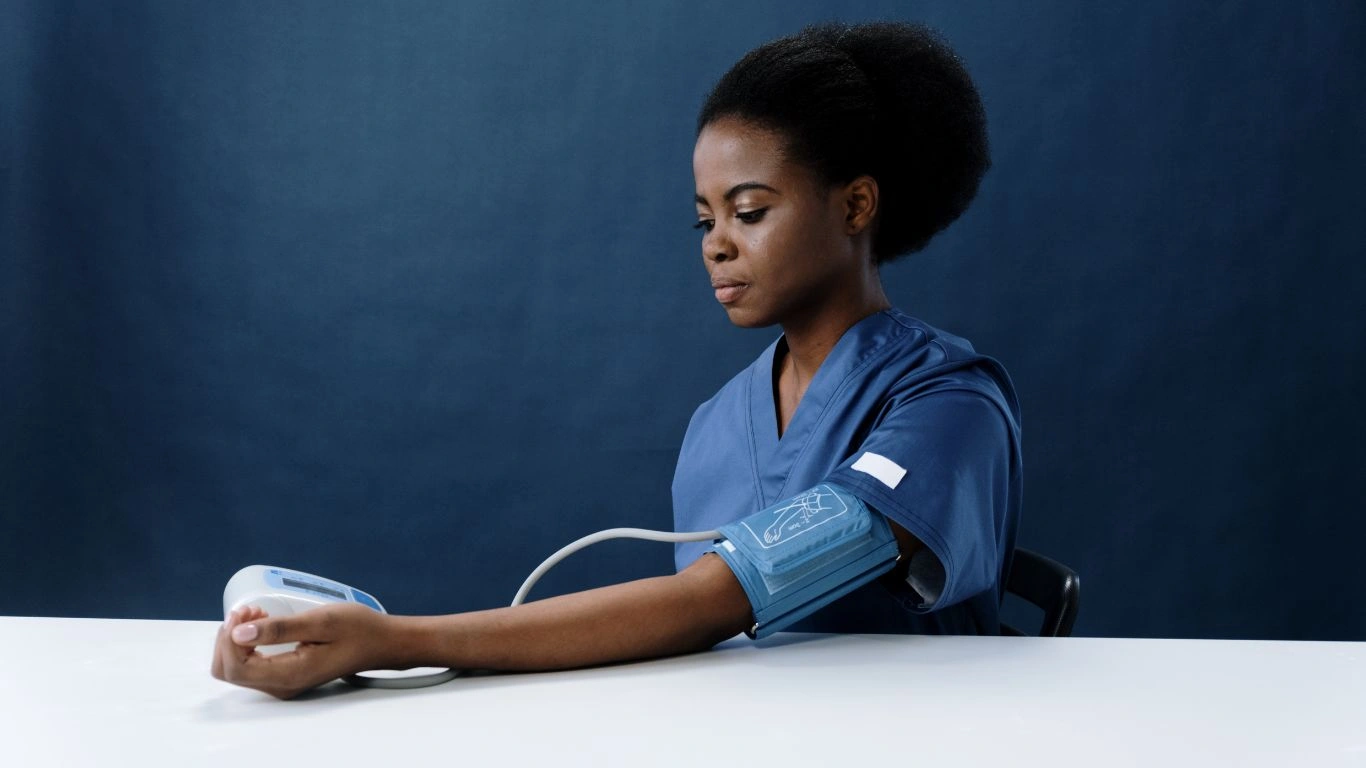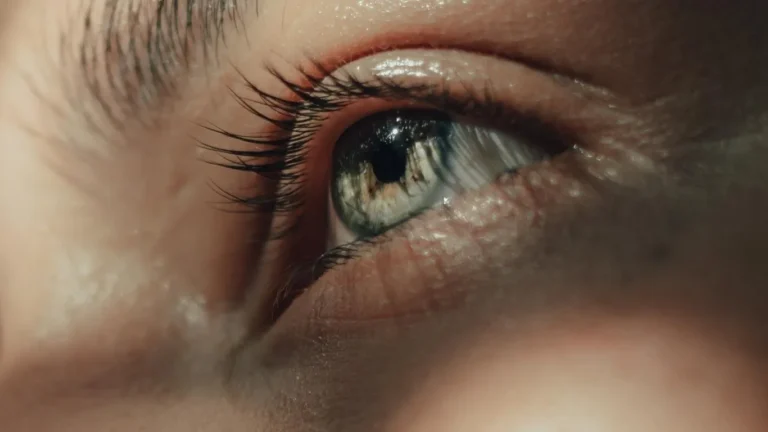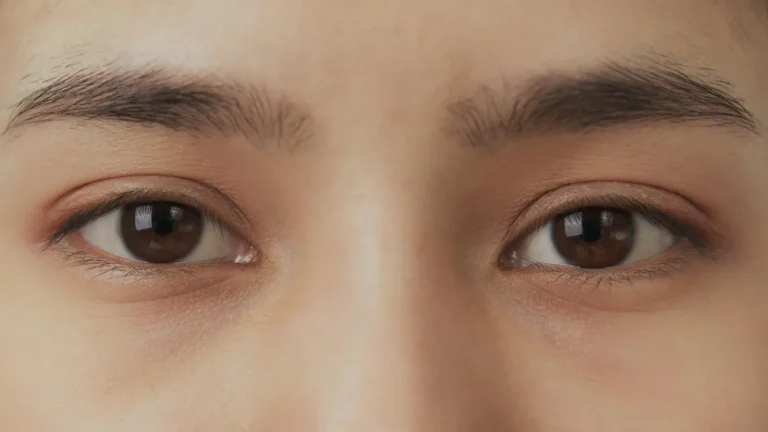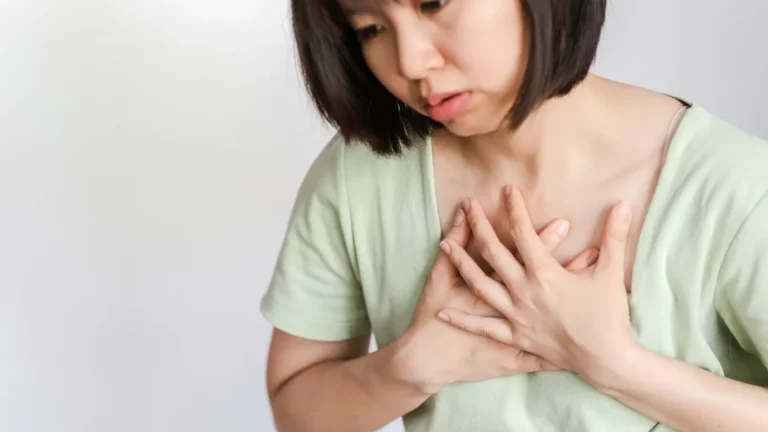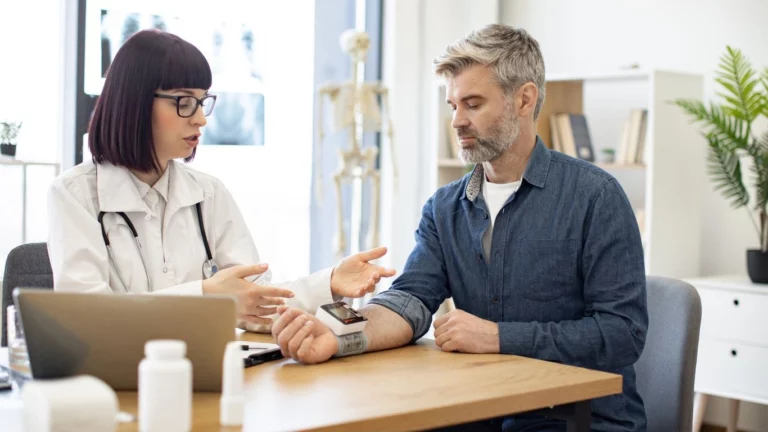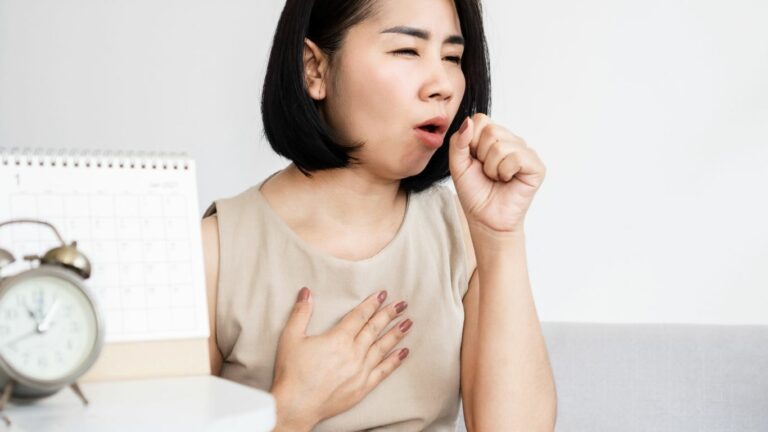Understanding the Link Between High Blood Pressure and Diabetes: A Real-Life Look at Prevention, Diagnosis, and Treatment
Hey there! If you’re reading this, you probably have some interest in the connection between high blood pressure and diabetes (and you’re not alone). These two conditions are like distant cousins who don’t get along but always seem to show up at the same family gathering. Over the years, I’ve seen firsthand how these two health issues often go hand in hand, and let me tell you, it’s not something you want to ignore.
In this article, I’m going to break it down for you in a way that’s easy to understand. I’m going to cover The link between high blood pressure and diabetes, how they impact each other, and what you can do to manage both. I’ve worked with tons of patients, and I’ve heard a lot of stories—some successes, some struggles, but all helpful when figuring out how to live a healthier life with both of these conditions.
The Link Between High Blood Pressure and Diabetes: Why Should You Care?
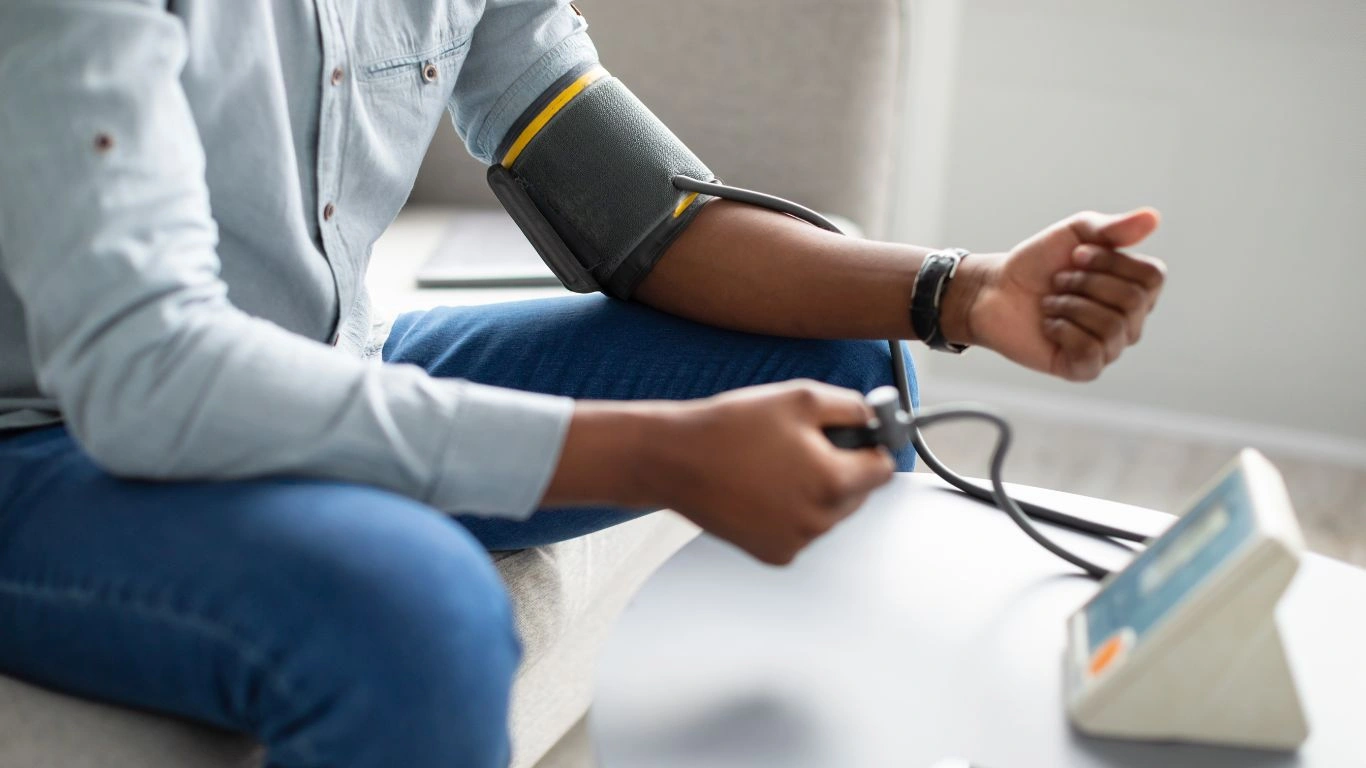
Let’s start with the basics. High blood pressure (hypertension) and diabetes are more than just “something older people get.” They’re serious conditions that affect millions of people around the world. What’s even more concerning is when they appear together, which is actually quite common. Here’s the thing—high blood pressure doesn’t just happen for no reason, and diabetes doesn’t either. There’s a strong link between the two, and understanding that connection is crucial if you’re going to keep both in check.
How Are They Connected?
High blood pressure and diabetes have a pretty complicated relationship. Essentially, having one increases the risk of getting the other. For example, diabetes can cause damage to the blood vessels, which can lead to higher blood pressure. On the flip side, hypertension can make it harder to control blood sugar levels. So yeah, it’s kind of a vicious cycle, but the good news is, with the right approach, you can break it.
Risk Factors:
- Unhealthy diet: High-sodium, high-sugar foods can increase blood pressure and blood sugar levels.
- Lack of physical activity: Sedentary lifestyles are a major risk factor for both hypertension and diabetes.
- Obesity: Being overweight or obese significantly increases the risk of developing both conditions.
- Smoking and excessive alcohol consumption: These habits can worsen both hypertension and diabetes.
What Happens When You Have Both?
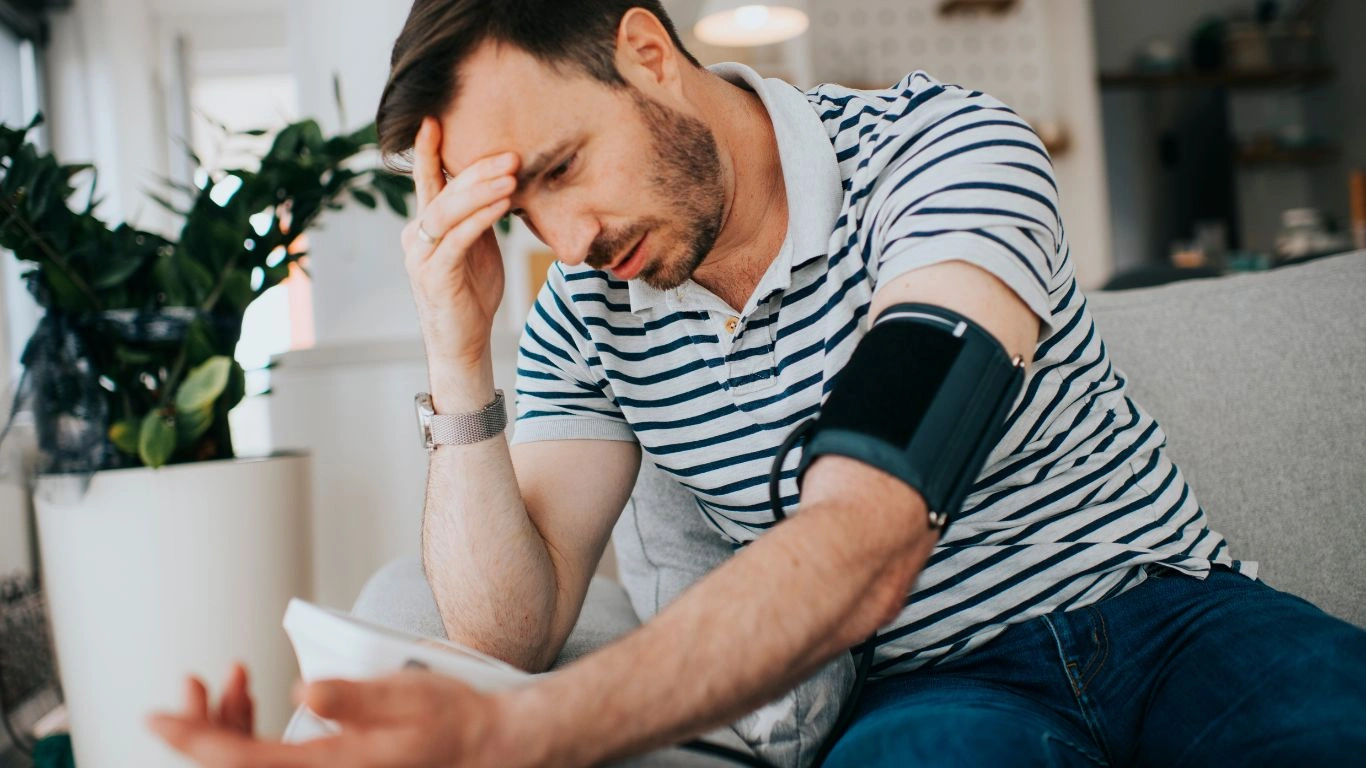
I’ve seen this a lot: a person with diabetes comes in for a routine check-up, and they’re also dealing with high blood pressure. Maybe they weren’t aware of the connection or just thought they could handle one condition at a time, but trust me, managing both is definitely a bigger task. Here’s why:
The Impact of Hypertension on Diabetes
When you have high blood pressure, your heart is working harder to pump blood, which causes strain on the arteries. Over time, that extra pressure can damage the blood vessels and organs like the kidneys. Now, if you throw diabetes into the mix, things get even trickier. High blood sugar from diabetes can also damage blood vessels, which can accelerate heart disease and kidney issues. So, when you have both conditions, you’re at risk for developing more severe complications like heart attacks, strokes, and kidney failure.
How Diabetes Makes Blood Pressure Worse
Let’s flip the script now—diabetes isn’t just the victim here. It’s also a major player in raising blood pressure. Insulin resistance (which happens when your body isn’t responding to insulin properly) can cause blood vessels to tighten, leading to higher blood pressure. Plus, diabetes often goes hand in hand with obesity, which is another big risk factor for hypertension. So, you see, these two don’t just coexist—they fuel each other in a way that makes managing either one even harder.
So, How Do You Manage It?
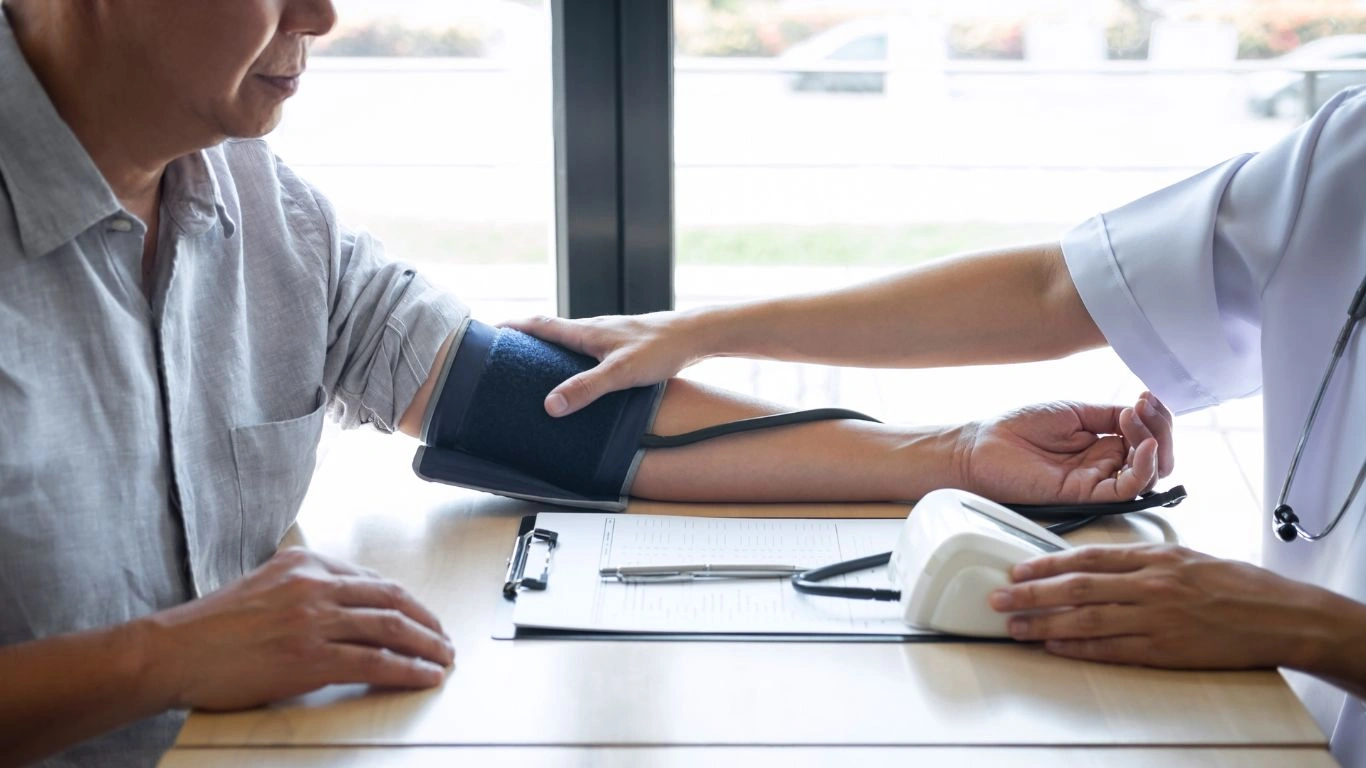
You’re probably wondering, “Okay, so what do I do now? What’s the game plan?” Well, I’ll tell you: it’s all about lifestyle changes, smart monitoring, and a little patience. Managing both high blood pressure and diabetes isn’t impossible, but it’s going to take some work. Here’s how you can tackle it.
1. Eating the Right Foods
Now, I’m not saying you have to give up your favorite foods (don’t worry, I’m not here to ruin your love of pizza). But what you eat matters, especially when managing these two conditions. A well-balanced diet is your best friend. Focus on:
- Fruits and veggies: Packed with nutrients that help with both blood sugar control and blood pressure regulation.
- Whole grains: Oats, quinoa, brown rice—these are all good choices that help keep blood sugar levels stable.
- Lean proteins: Think chicken, fish, or tofu. These help control both weight and blood sugar.
- Healthy fats: Avocados, olive oil, nuts. These fats help keep your heart healthy.
The idea is to avoid processed foods, which can be high in salt (bad for blood pressure) and sugar (bad for blood sugar). It’s all about balance.
2. Exercise: Your Secret Weapon
I get it—exercise might not always feel like your best friend, especially if you’re dealing with multiple health conditions. But trust me, it’s a game-changer. Regular physical activity helps lower blood pressure, boost your insulin sensitivity, and help you manage your weight. Even something as simple as walking for 30 minutes a day can make a huge difference.
3. Managing Stress
Here’s a big one: stress. Chronic stress is a huge trigger for both high blood pressure and high blood sugar. If you’re constantly stressed out, your body releases hormones that raise your blood pressure and mess with your insulin levels. Finding ways to manage stress—through yoga, meditation, or even just taking a deep breath—can help you stay in control.
Troubleshooting Common Issues

As you try to manage both hypertension and diabetes, you might run into a few bumps in the road. Let me share some common issues I’ve seen in my practice and how to handle them.
1. Medication Interactions
It’s common for people with both conditions to be prescribed medications to manage them. But here’s the thing: some of these meds can interact with each other. Make sure to keep an open line of communication with your healthcare provider. Regular check-ups and medication reviews are crucial to ensure everything is working well together.
2. Dietary Challenges
Eating right is hard, especially when you’re juggling two conditions. One of the biggest struggles I’ve seen is sticking to a diet plan. Don’t be afraid to get help—nutritionists are amazing at tailoring meal plans to your needs. It’s okay to ask for support when things get tough.
3. Exercise Limitations
For some people, exercise can be a challenge, whether it’s because of joint pain, time constraints, or other health issues. If you’re struggling with this, talk to a physical therapist who can help you create an exercise routine that works for you.
Real-Life Success Stories
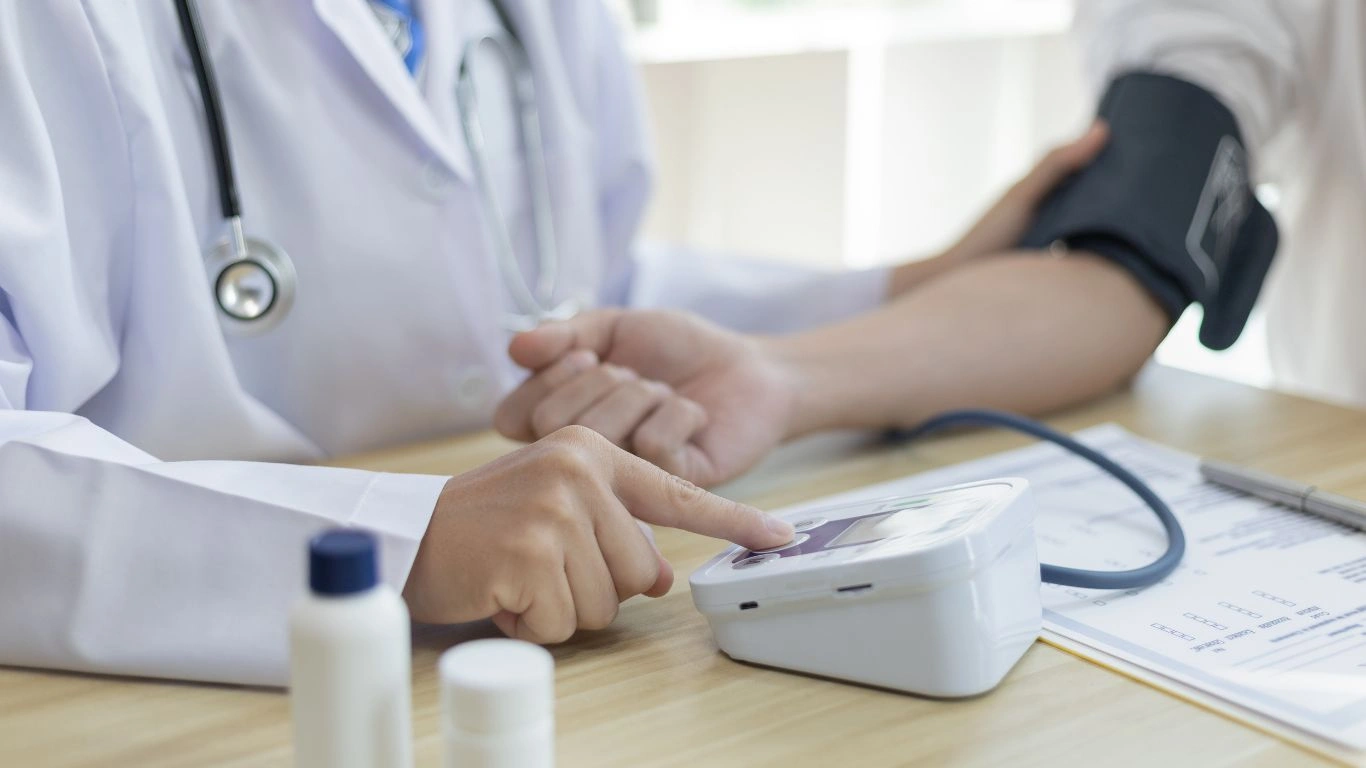
Let me tell you about some of the people I’ve worked with who’ve tackled these challenges head-on. One patient, Sarah, came to me with both high blood pressure and type 2 diabetes. She was feeling overwhelmed, but we worked together on a lifestyle plan that included a better diet, more exercise, and stress management techniques. Within months, her blood pressure was under control, and her blood sugar levels improved too. It wasn’t easy, but it was possible.
Key Takeaways / Summary
So here’s the bottom line: high blood pressure and diabetes are strongly connected, and managing them together takes a bit of work—but it’s absolutely doable. With lifestyle changes, regular check-ups, and a little dedication, you can keep both conditions under control. Remember, you’re not alone in this journey, and help is available!
FAQs
- 1. Can I have high blood pressure and diabetes without symptoms?
Yes, both conditions can often have no noticeable symptoms, which is why regular check-ups are essential. - 2. What foods should I avoid if I have both conditions?
Avoid processed foods, high-sodium foods, and sugary snacks. Focus on whole foods and balanced meals. - 3. Can exercise help control both high blood pressure and diabetes?
Absolutely! Regular physical activity helps lower blood pressure and improve insulin sensitivity. - 4. What are the risks of having both conditions?
Having both increases your risk for heart disease, kidney failure, and stroke, but managing them can reduce those risks. - 5. How often should I check my blood pressure and blood sugar levels?
It’s best to check both regularly, especially if you have both conditions. Your doctor will guide you on the frequency based on your health.
Appendix
References:
For more detailed information on hypertension and diabetes, please visit reputable sources like hopkinsmedicine.org
Disclaimer:
The information in this article is meant for general informational purposes only and should not replace professional medical advice. Always consult your healthcare provider before making any significant changes to your health regimen.
Call to Action:
If you’re ready to take control of your health, don’t wait! Start today by consulting with your doctor or a healthcare professional about how to best manage both your blood pressure and blood sugar levels. It’s never too late to make a positive change.

Dr. Gwenna Aazee is a board-certified Internal Medicine Physician with a special focus on hypertension management, chronic disease prevention, and patient education. With years of experience in both clinical practice and medical writing, she’s passionate about turning evidence-based medicine into accessible, actionable advice. Through her work at Healthusias.com, Dr. Aazee empowers readers to take charge of their health with confidence and clarity. Off the clock, she enjoys deep dives into nutrition research, long walks with her rescue pup, and simplifying medical jargon one article at a time.
